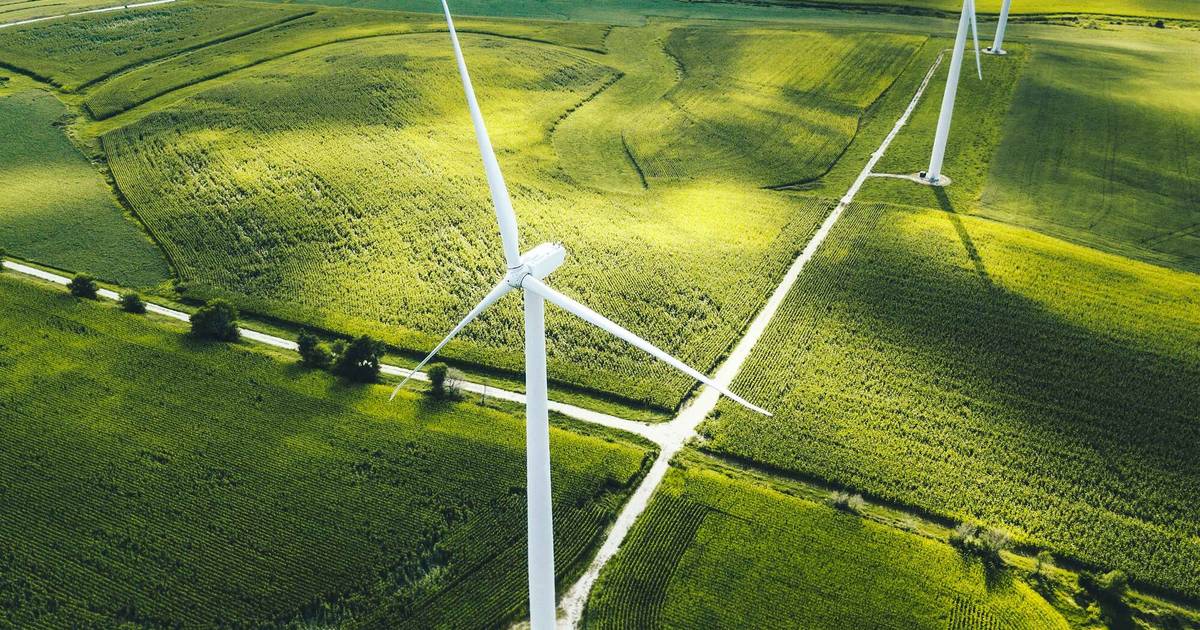The future of energy
An overview of results and lessons learned from five years of the Vlerick Energy Centre
By Leonardo Meeus
Visiting Professor of Nonmarket Strategies

Energy concerns all of us. Being intertwined with the debate on decarbonisation and climate change, energy is a potentially hot topic. Two extreme positions have attracted significant media coverage during the past year. At one end of the spectrum are those people who feel the transition cannot happen fast enough, engaging in climate protests inspired by Greta Thunberg. At the other end are the Gilets Jaunes, applying the brakes because they believe, on the contrary, that things are moving too fast and life has become too expensive.
Against this backdrop is another development that has received far less media attention: on 22 May 2019 the European Council adopted the remaining elements of the Clean Energy for all Europeans package (“Clean Energy Package”). This fourth reform represents a comprehensive update of the EU’s energy policy framework to facilitate the transition away from fossil fuels towards renewable energy sources and to deliver on the EU’s Paris Agreement commitments to reduce greenhouse gas emissions. Ambitious as it may seem, the Clean Energy Package does make an effort to reconcile the concerns of the climate activists and the Gilets Jaunes. Besides, the indignation of the latter is not entirely unjustified and reflects the discontent of many households.
To put it bluntly: in the short term, the energy transition is costly. Subsidising the good and taxing the bad is all very well. Regulatory support for renewables and energy savings, carbon taxes, TSOs and DSOs investing in new infrastructure, all add to the cost of electricity. In order to secure their economic competitiveness, companies, usually large electricity consumers, are spared as much as possible. As a result, households have been picking up the bill, paying a disproportionate share of the price increase. However, some of the environmental and economic benefits of the energy transition will only become apparent in the longer term: clean energy initiatives should improve health and wellbeing and reduce our dependency on imported fossil fuels. But unlike the costs, these benefits – while real – are far less tangible.
Up until now, households have undergone the transition rather than owned it, as they have had little opportunity or incentive to engage. In its Clean Energy Package, the European Commission calls for nothing less than a paradigm shift. The idea is that we cannot stop or slow down the transition, but that we can put citizens at the centre – a variation on the adage “no taxation without representation”.
Sceptics may wonder why it has taken so long to realise this. Why was this approach not followed right from the start of the energy market deregulation in the late 1990s? The short answer is that neither technology nor society was ready at the time. And even today, smart meters, for example, are still the subject of discussion, as they are not yet accepted, let alone implemented, by all Member States. But times are changing, and we are seeing new technologies, business models and initiatives emerging, such as the internet of energy, citizens energy communities, collective self-consumption, peer-to-peer trading, aggregators and local flexibility markets. While it is still true to say that relatively few citizens play a part in the energy transition, it is expected that those who do will act as advocates, encouraging others to join in – a process already observed in citizens energy communities.
Finally, energy is more than electricity. Gas represents a much greater proportion of our energy consumption than electricity. Nevertheless, electricity has long been the main area of research and debate. The future is electric, so it was said, and as a result, decarbonisation efforts focused on electricity. However, in the transport sector, for example, there are alternatives to both fossil fuels and electricity, such as hydrogen and CNG. The same holds for the heating of buildings. Biomethane and synthetic gas may well be technologies that are still in their infancy today, but so were wind and solar energy ten years ago. By 2050, renewable gas might realise its potential. At least that is the ambition and conviction of the members of the Gas for Climate consortium, who are confident that gas too has a future. The EU, for its part, is also catching up: the Clean Energy Package only contained guidelines for electricity, but a similar package for gas is on the way.
The report 'Five years of the Vlerick Energy Centre' marks the fifth anniversary of the Vlerick Energy Centre – a good opportunity to look back at some of our achievements and lessons learned, and to look ahead.
